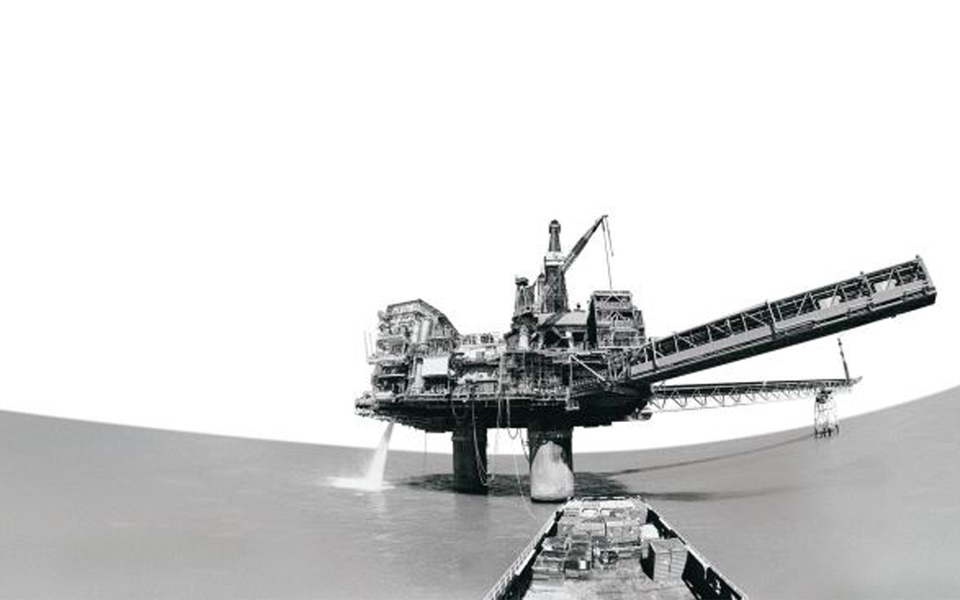KC Controls work closely with a number of product managers. Here is a blog from Parker Hannifin.
This blog was acquired through Parker Hannifin and taken from Parkers Blog.
High profile accidents such as the Deepwater Horizon,Macondo Prospect, well blowout and explosion that occurred in the Gulf of Mexico in 2010,and the gas leak in the ElginField in the North Sea in 2012,are causing the industry to rethink its approach to pressure monitoring during drilling and production, in order to further improve operational safety.
One aspect that is receivingparticular attention is the pressurein the voids between the annularcasing strings of a well – anysudden increase or change couldindicate leaks in the casing strings,cement bonding or productiontubing.
There is consequentlynow a growing trend to monitorthe pressure in each void, so thatoperators can gain early warningof impending problems andimplement emergency shutdownprocedures to avoid disaster.
The need for improved annular casing pressure management is becoming more acute as operators of offshore oil and gas platforms move into deeper waters and encounter higher reservoir pressures and temperatures – and it is one of the reasons why the UK’s Health and Safety Executive Is urging operators to adopt its guidelines for well integrity.
Nor is the issue confined to the offshore sector.
Energy companies are being forced to drill to greater depths atmany onshore exploration sites now that the shallow layers of oil and gas reservoirs have been substantially exploited, which again necessarily involves higher operating pressures.

Parker’s Solution
Parker is supplying two leading energy companies that operate wellhead platforms in the North Sea with instrumentation valves and fittings for surface wellhead pressure monitoring applications.
To monitor the casing pressure, the gauges or transmitters need to be connected through to the various annuli – and the associated valves and fittings need to comply with the rigorous API 6A specification for wellhead and Christmas tree equipment.
The installations cover a number of platforms in the following fields operating in water depths of around 100 metres:
• West Franklin
• Elgin-Franklin
• Judy
• Joanne
These are all high temperature/high pressure (HTHP) gas condensate fields .
West Franklin is the hottest, highest-pressure reservoir in the world. Located some 6000 metres below the seabed, it has a fluid temperature of 197˚C and a pressure of 1155 bar.
API 6A Process to Instrument Valves
Both customers needed API 6A valves for direct flange mounting on wellhead assemblies. The flange class depends on the pressure rating of the annuli that are being monitored.
Pro-Block Valves
One customer required custom versions of Parker’s Pro-Bloc valves, with 5k and 10k flanges, incorporating two needle valves and two vent outlets. These valve assemblies feature a straight through bore to facilitate accurate pressure measurement, with one vent outlet used for the pressure gauge, the other equipped with a special coupling to allow quick connect and release of measuring equipment while monitoring the well.
Double Block and Bleed Needle Valves
The other customer required double-block-and-bleed needle valves with 5k, 10k and 15k flanges, for installation between two large gate valves on each of three annulus pressure monitoring ports on wellhead assemblies. Parker also supplied similar valves for the high pressure protective systems (HIPS) that the company uses for wellhead flowline pressure protection. The valves feature Parker Autoclave female outlets machined within their hubs, to provide the customer with the option of using direct or remote mounting pressure transmitters.






